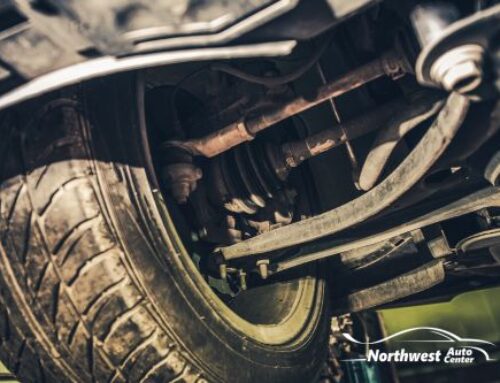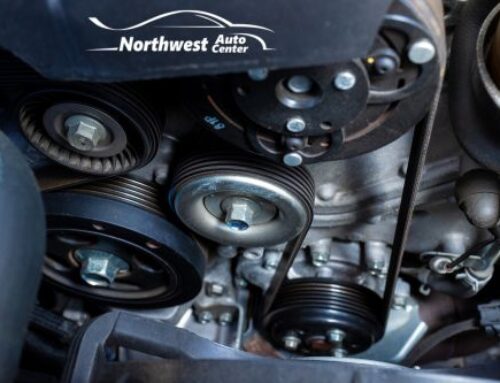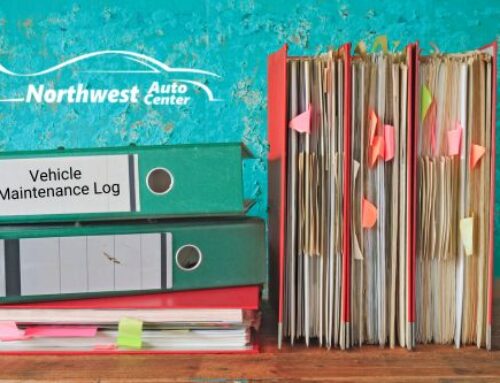When temperatures rise, it’s not just your wardrobe or home that needs seasonal preparation — your car does too. Getting your vehicle ready for the summer months is essential to ensure it performs efficiently and safely, especially in the Texas Summers. Whether you’re planning road trips, commuting daily, or simply running errands, making sure your vehicle for summer is in top shape will help avoid breakdowns and expensive repairs.

Get Your Vehicle Ready for Summer
1. Inspect and Maintain the Cooling System
The cooling system is one of the most critical systems to check as you prepare your vehicle for summer. Hot weather stresses your engine, and your car can overheat if the cooling system isn’t functioning correctly.
Check your radiator and coolant levels. Look for any visible leaks or worn hoses. Ensure the coolant is fresh and at the proper level — old or dirty coolant won’t regulate engine temperature effectively. A flush and refill may be necessary if it hasn’t been changed in a while.
2. Test Your Air Conditioning
A properly working air conditioning system is vital for driving comfort during hot months. If your AC isn’t blowing as cold as it used to or making unusual noises, it’s time for a check-up.
Your vehicle for summer should be able to keep you cool even during the hottest parts of the day. An AC service can identify refrigerant leaks, clogged filters, or compressor issues affecting performance.
3. Examine Tires and Tire Pressure
Tire pressure fluctuates with temperature changes. Under-inflated or over-inflated tires can be dangerous and may wear out prematurely. As part of prepping your vehicle for summer, inspect all tires—including the spare.
Check tread depth, look for signs of uneven wear or damage, and ensure the tires are properly inflated according to the manufacturer’s specifications. Summer heat increases the risk of blowouts, so don’t overlook this step.
4. Check the Battery
Extreme temperatures — both hot and cold — can affect your vehicle’s battery. Heat can cause the battery fluid to evaporate, leading to corrosion and reduced lifespan.
When preparing your vehicle for summer, have your battery tested for charge and general health. Make sure the terminals are clean and tightly secured. If your battery is more than three years old, consider replacing it before it leaves you stranded on a hot day.
5. Change the Oil and Replace Filters
Regular oil changes are essential year-round, but they’re especially crucial when preparing your vehicle for summer. Warm weather and long drives can put extra stress on your engine. Make sure your oil is clean and at the proper level.
Also, inspect your air filter and cabin filter. A clogged air filter can reduce fuel efficiency and performance, while a dirty cabin filter can affect air quality inside your vehicle.
6. Inspect Belts and Hoses
Rubber components like belts and hoses tend to deteriorate faster in high temperatures. Look for cracks, fraying, or bulges in your drive belts and cooling system hoses.
If anything looks worn or feels brittle, replace it before it breaks. This simple inspection can prevent a breakdown and keep your vehicle for summer ready for any trip.
7. Top Off All Fluids
Summer driving can be tough on your car, and fluids play a significant role in keeping everything running smoothly. Check all vital fluids, including:
- Transmission fluid
- Brake fluid
- Power steering fluid
- Windshield washer fluid
Ensuring that each fluid is at the proper level helps your vehicle perform at its best for summer and reduces the risk of mechanical issues.
8. Check Your Brakes
Whether navigating Houston traffic or heading out for a summer road trip, your brakes must be in top condition. Listen for any squealing, grinding, or vibrations when braking.
If you notice any issues, have your brakes inspected by a professional.
9. Clean and Protect the Exterior
The sun’s UV rays can damage your vehicle’s paint and interior if not properly protected. Wash and wax your car to shield it from sun damage, and consider using a UV-protectant spray on interior surfaces.
A clean and protected vehicle for summer looks better and maintains its value and condition over time.
10. Create a Summer Emergency Kit
Last but not least, stock your vehicle with a summer-specific emergency kit. Include essentials like:
- Bottled water
- Sunscreen
- Jumper cables
- Tire inflator or sealant
- Basic first aid supplies
- Flashlight and batteries
You never know when you’ll need these items, especially if you’re planning long drives or spending extra time on the road.
Preparing your vehicle for summer doesn’t have to be complicated. A few preventative steps now can save you from headaches and costly repairs later. By inspecting your cooling system, checking fluids, testing the air conditioning, and making sure your tires and battery are road-ready, you’ll set yourself up for a safe and comfortable driving season.
** Note ** (Items 1 through 8 should automatically be performed by whichever shop is performing your oil services at no additional charge and as a courtesy to you).






Leave A Comment
You must be logged in to post a comment.